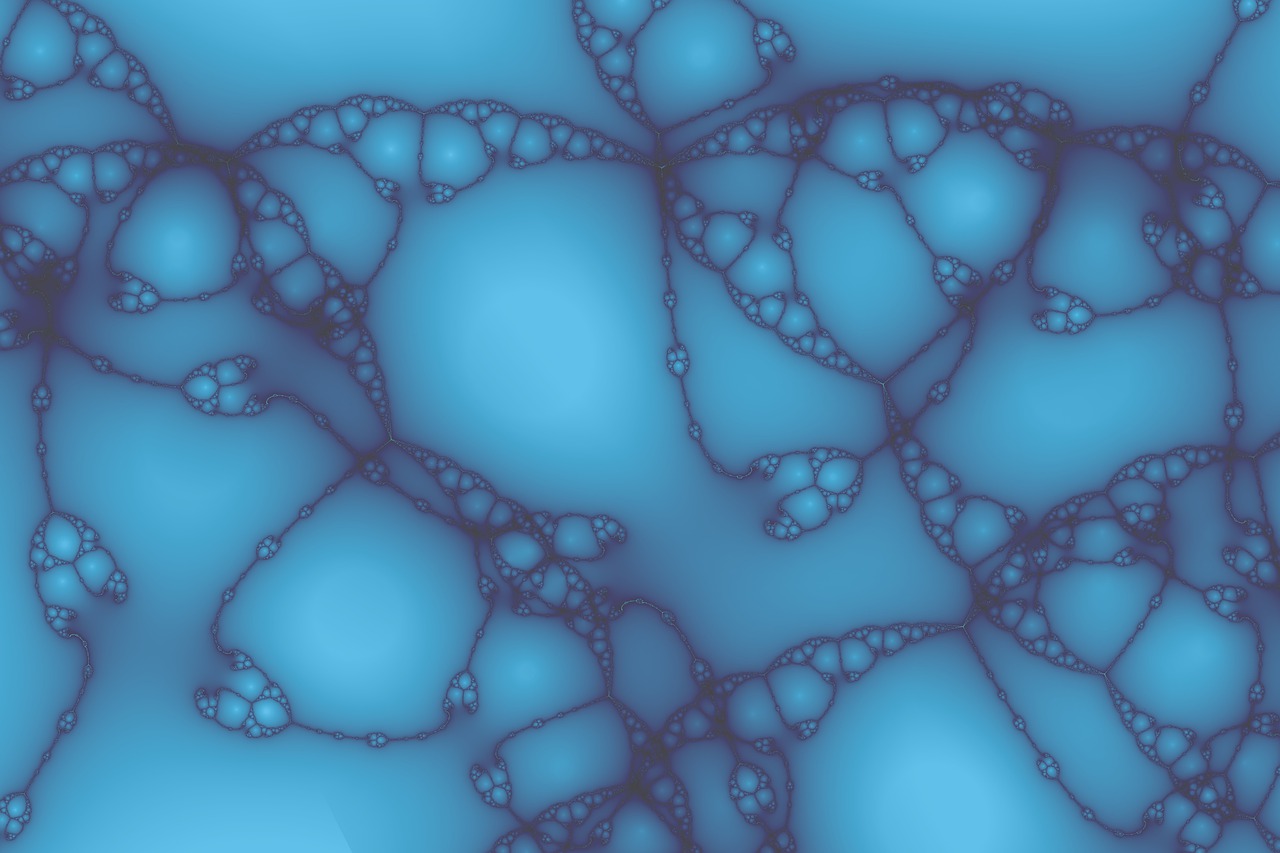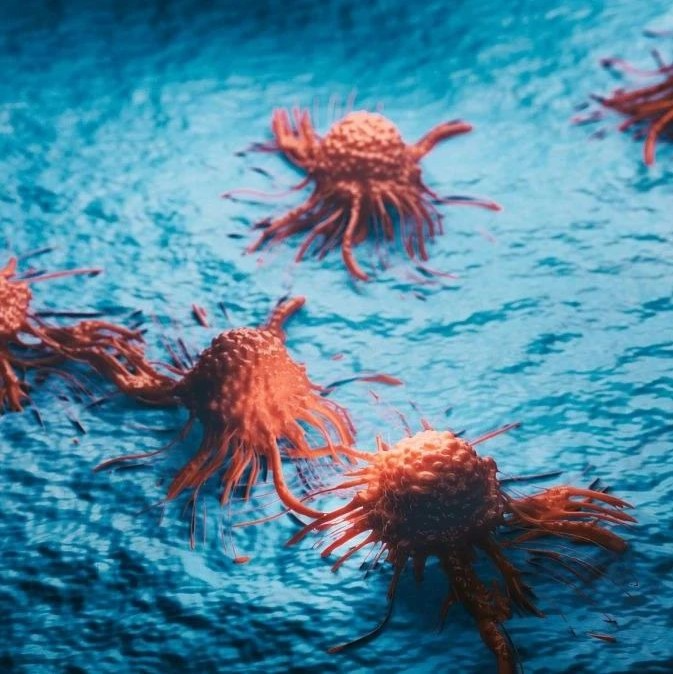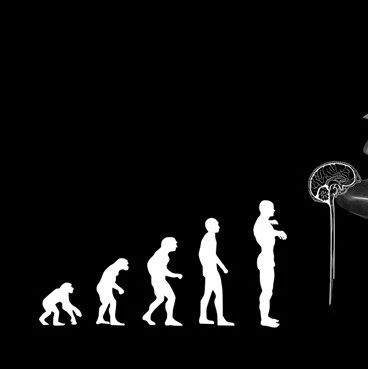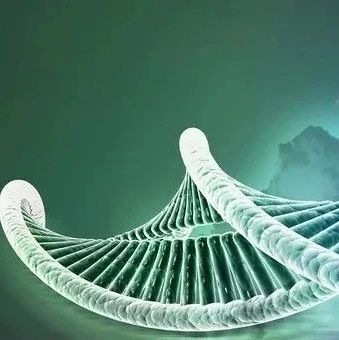据美国物理学家组织网报道,美国研究人员发现,伽玛玉米醇溶蛋白(gamma zein)会使玉米粒更加坚硬,坚硬的玉米粒更容易被收割、存储和运输。该发现可以让科学家研发出更好的杂交玉米,为以玉米为主食的人口提供更多玉米,也揭示了“优质蛋白玉米(QPM)”这种品种的玉米既便宜又有营养的原因。
由于玉米的赖氨酸和色氨酸含量低,并非优质的蛋白质来源,玉米育种学家很早就开始注意这一问题,并致力于玉米蛋白质品质的改良。经过长期的研究实践,改良玉米蛋白质品质目前主要是通过提高玉米胚乳中谷蛋白含量,减少醇溶蛋白含量,达到改善氨基酸组成的目的,经过这一方法改良的玉米被称为“优质蛋白玉米”(QPM),于上世纪90年代问世。
在最新一期美国《国家科学院院刊》(PNAS)上,罗格斯大学卫克曼微生物研究所主任约基姆梅辛领导的研究团队报告了使QPM玉米粒更加坚硬的遗传学秘密。
研究人员怀疑两个负责产生伽玛玉米醇溶蛋白的基因(16号和27号kDa伽玛玉米醇溶蛋白)会影响QPM玉米粒的坚硬度,研究员吴永瑞(音译)使用一种技术消除了这两种基因的表达后发现,得到的玉米粒更软。
研究人员使用电子显微术对初始玉米粒和剔除了基因的玉米粒进行了仔细观察,结果发现,更软的玉米仁缺乏伽玛玉米醇溶蛋白,伽玛玉米醇溶蛋白同玉米粒中富含淀粉的成分相互连接,同时让玉米粒保持完整,也让玉米粒更加坚硬。
约基姆梅辛表示,尽管QPM于上世纪90年代就被研发出来,科学家一直不知道可以改变玉米粒的硬度,新研究表明玉米硬度可以改变,这将有助于研究人员通过传统的育种技术或者基因工程技术,研发出更好的玉米杂交品种。同时,新发现也将帮助科学家更好地理解种子和其组成成分是如何进化的。
《国家科学院院刊》发表论文摘要(英文)
Published online before print July 6, 2010, doi: 10.1073/pnas.1004721107
γ-Zeins are essential for endosperm modification in quality protein maize
Yongrui Wua, David R. Holdingb, and Joachim Messinga,1
Abstract
Essential amino acids like lysine and tryptophan are deficient in corn meal because of the abundance of zein storage proteins that lack these amino acids. A natural mutant, opaque 2 (o2) causes reduction of zeins, an increase of nonzein proteins, and as a consequence, a doubling of lysine levels. However, o2’s soft inferior kernels precluded its commercial use. Breeders subsequently overcame kernel softness, selecting several quantitative loci (QTLs), called o2 modifiers, without losing the high-lysine trait. These maize lines are known as “quality protein maize” (QPM). One of the QTLs is linked to the 27-kDa γ-zein locus on chromosome 7S. Moreover, QPM lines have 2- to 3-fold higher levels of the 27-kDa γ-zein, but the physiological significance of this increase is not known. Because the 27- and 16-kDa γ-zein genes are highly conserved in DNA sequence, we introduced a dominant RNAi transgene into a QPM line (CM105Mo2) to eliminate expression of them both. Elimination of γ-zeins disrupts endosperm modification by o2 modifiers, indicating their hypostatic action to γ-zeins. Abnormalities in protein body structure and their interaction with starch granules in the F1 with Mo2/+; o2/o2; γRNAi/+ genotype suggests that γ-zeins are essential for restoring protein body density and starch grain interaction in QPM. To eliminate pleiotropic effects caused by o2, the 22-kDa α-zein, γ-zein, and β-zein RNAis were stacked, resulting in protein bodies forming as honeycomb-like structures. We are unique in presenting clear demonstration that γ-zeins play a mechanistic role in QPM, providing a previously unexplored rationale for molecular breeding.







